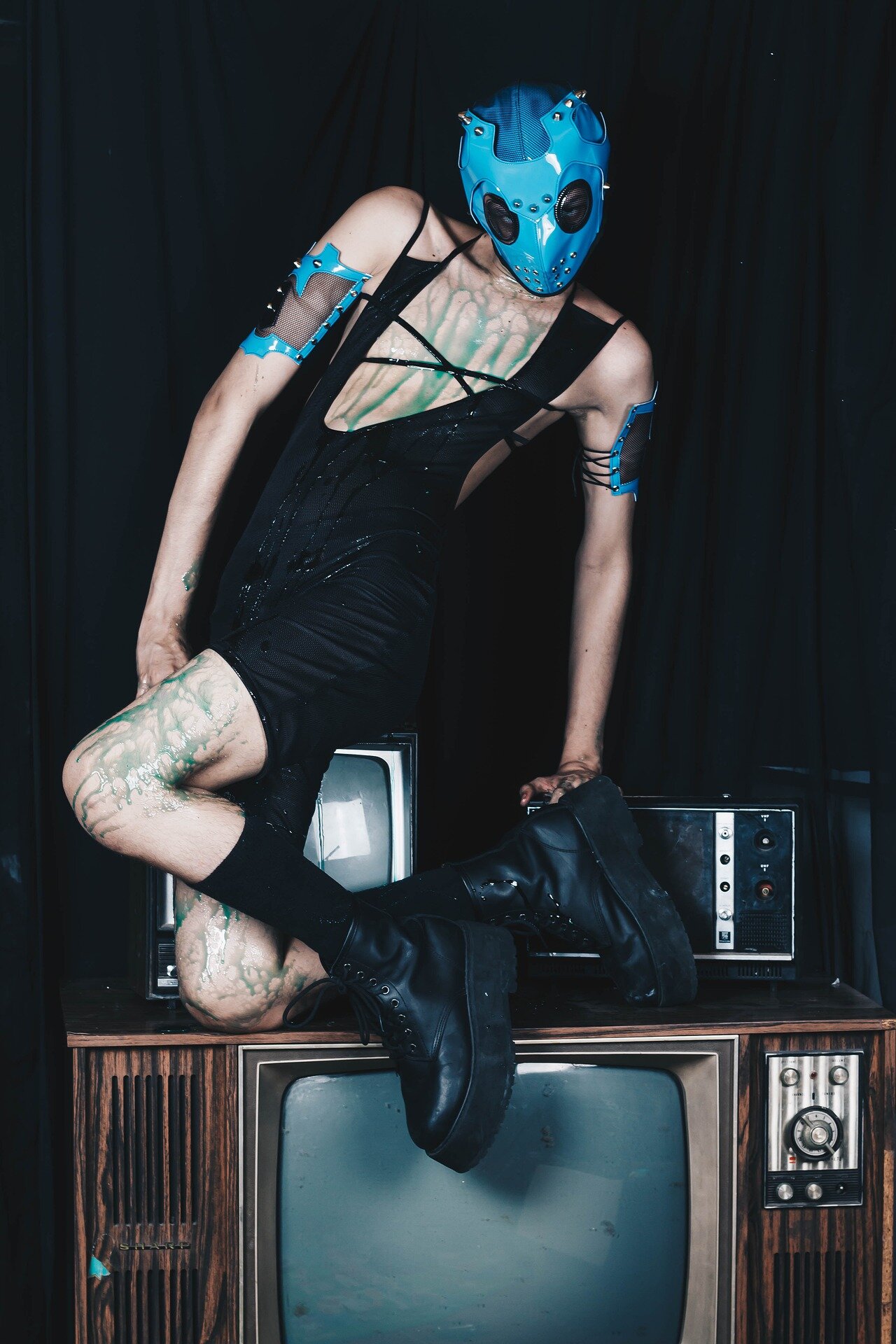Kink In The Media
From the artful imagery in Victorian boudoir shoots, such as those exemplified on Whores of Yore, right through to the early-00s AI chatbots designed to get you off, kink, BDSM, and sex itself have been a key feature of the media for almost as long as media has been around.
The mediums evolved over the decades as innovation advanced the technology of the modern age, but the context has remained largely the same:
Sex sells because it grabs attention, and the prevalent focus is nudity.
Whilst social networks like Facebook and Instagram prohibit the paid promotion of sexual enjoyment, sexual well-being brands like Lovehoney and Bondara get around this prudish antithesis.
TV and print advertisements depict "soft" BDSM with toys like crops and blindfolds, inadvertently helping to normalise the concept of a healthy and experimental sex life.
Society may become either desensitised or incensed, thus spreading the word, but this liberal crusade is not as it seems - companies are driven by commercialism, and their goal isn’t to make kink and BDSM acceptable, or even accessible; it is to sell their product.
Porn might seem like the easiest route to seeing the ‘reality’ of kink and BDSM, but it’s crucial to remember that porn is media designed to generate revenue.
Pornography is not and has never been designed to be informative or educational.
Where pornography misrepresents reality, mainstream media maximises on the human nature of inquisitiveness and opinion-sharing by presenting only what consumers want, or indeed don’t want, to see.
The actual depiction of kink and BDSM in the mainstream media still most often ties to mental health, and rarely in a factual way.
Publications seeking to present an accurate and positive perspective are often lost, further perpetuating the unfortunate perception that kink and BDSM are dangerous underworlds.
Related Articles:




